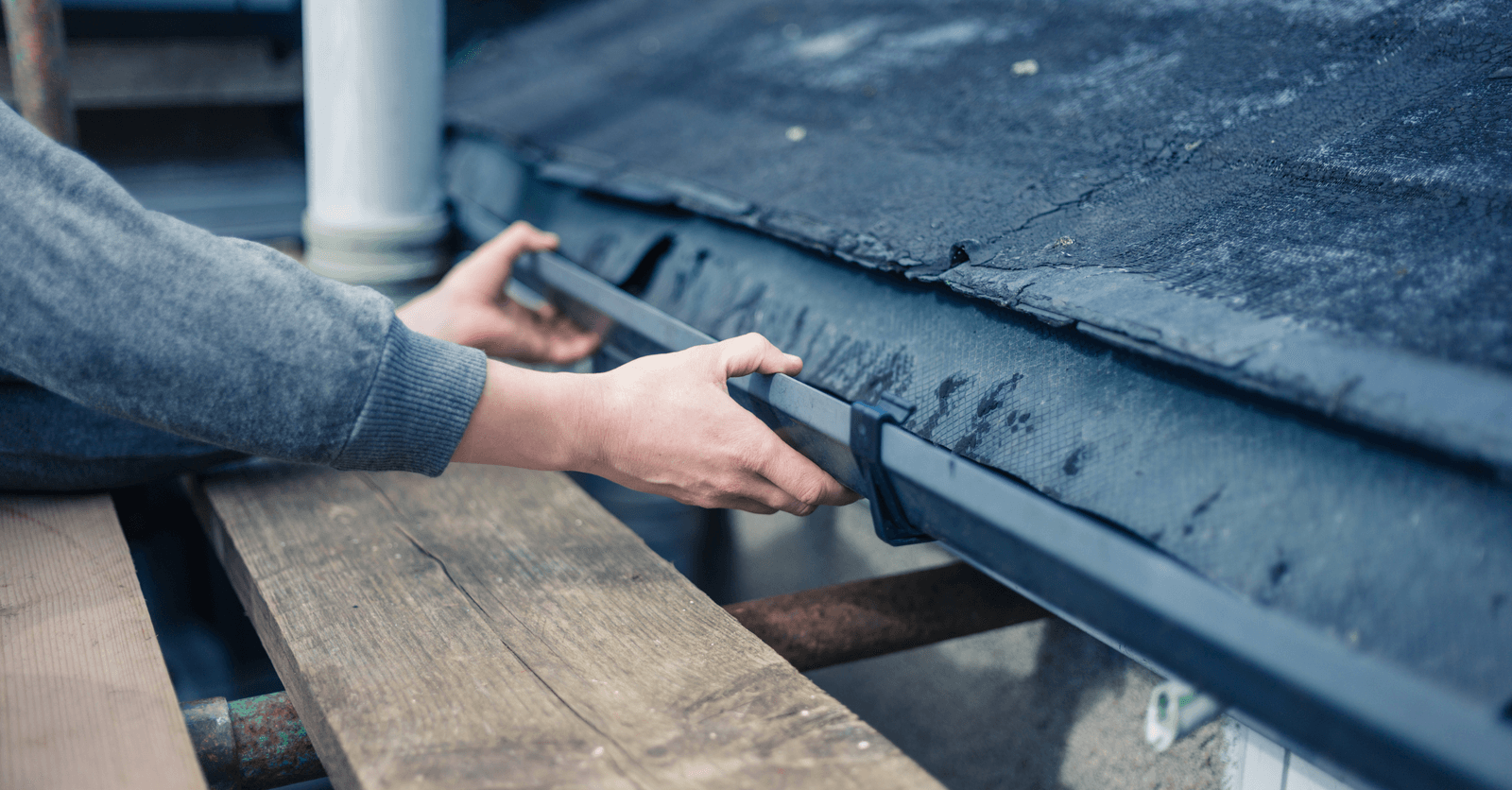How to Choose the Right Wood-Burning Stove
By Christine Simard
Updated on January 22, 2025

As a design and user-friendly appliance, a wood-burning stove makes for a genuine source of well-being, designed to bring additional comfort to households during the harsh winter months. Whether made of steel, brick, cast iron, or glass, a wood-burning stove stands for durability and boasts a slew of advantages.
For several years now, wood-burning stoves retailed in Canada have complied with eco-friendly design concepts. However, if your stove has a decade or so under its belt, have it inspected to ensure compliance before prolonging its use. Here are some details on the new wood-burning stove regulations and an overview of the different available models.
What Are the Different Modern Wood-Burning Stove Models and Designs?

Source: Canva
A Small or Large Wood-Burning Indoor Heater?
Wood-burning stoves are said to be especially efficient, with long burn times, with minimal loss between the energy used and the heat generated. While one may think that purchasing a bigger stove is wiser, that’s just not the case. In fact, opting for a smaller appliance that operates at full capacity is often more efficient than choosing a larger one that only runs at half capacity. A stove will burn more logs and generate less heat when not operating at full capacity.
Wood-Burning Convection Stove
In a nutshell, convection stoves diffuse the heat produced via air ducts. Warm air flows into rooms and transfers the heat to objects and bodies in proximity.
Convection stoves have two main components—the combustion chamber and an exterior casing. Cold air enters via the bottom of the appliance and is then gradually heated in the combustion chamber and later diffused into the room.
Steel and Cast-Iron Wood-Burning Stove

Source: Canva
From the outset, it's clear that these stoves owe their popularity to their remarkable ability to heat up quickly. However, their propensity to store heat is not as alluring, making it one of their main weaknesses. Their efficiency typically ranges from 60–85%, while less efficient devices are mainly used as additional heating sources. How does it work? As mentioned, steel and cast-iron wood-burning stoves heat the air found between the steel casing and the cast iron hearth before redistributing it into the room.
As for more efficient models, opt for a stove fitted with a reverse draft—it has a second combustion chamber to burn off gases that previously could only be released via a duct. This feature greatly improves the speed at which the wood burns, thereby limiting the stove’s pollution.
Steel Wood-Burning Stove: For Cabins and Contemporary Settings
What can be said about a steel wood-burning stove? Given steel’s excellent conductivity, it tends to heat up quickly, which greatly accelerates the rate at which an enclosed space is heated. Given this distinct feature, steel stoves are ideal heating systems for second homes, such as a cottage or a home that needs to be heated quickly but solely for short periods, like a cabin. However, such a device does have a significant drawback: temperatures will drop just as fast as they rose. As such, note that its capacity to restore heat is inferior to that of a cast-iron stove.
On a positive note, steel is much more flexible and easier to shape, allowing for a variety of shapes to be created for a much more aesthetic finish compared to cast-iron models.
As for heat resistance, note that a steel wood-burning stove is more efficient than a cast-iron one. What's there to say about its installation? Since steel is much lighter than cast iron, a stove made with this material is much easier to transport and install, especially in rooms located on upper landings.
Radiant Wood-Burning Stoves
True to its name, a radiant wood-burning stove functions like the sun: it distributes heat by transferring it to nearby objects. Once the heat generated is distributed to surrounding items or objects, the latter will redistribute the heat absorbed throughout the entire room, warming it up evenly.
Cast-Iron Wood-Burning Stove

Source: Canva
Above all, it's important to emphasize the exceptional thermal inertia of a cast-iron wood-burning stove, meaning its remarkable capacity to store and release heat for several hours. As such, saying that the heat distribution is of better quality compared to a steel wood-burning stove isn’t a stretch, however, the temperature reached by the latter is higher.
Needless to say, the sheer weight of cast iron makes it very difficult to move or shift the appliance in question, as well as install it in a room anywhere but the ground floor. However, the material’s sturdiness makes for a great advantage in terms of its ability to hold its shape, even under intense heat, which is superior to that of steel.
Unlike a steel wood-burning stove, a cast-iron one doesn’t have a smooth finish. Its raw-looking casing may not suit all settings or aesthetics. Along the same line, if you’re hoping to purchase a cast-iron wood-burning stove, let's just say that a clean, sleek design isn’t what you’re going to get. Moreover, cast-iron stoves continue to radiate heat even after the fire stops burning, which doesn’t happen with steel wood-burning stoves.
Due to its propensity to diffuse slow, even heat, cast-iron stoves are particularly suitable central heating systems for a main residence. If you need a space heater for an extended period, cast-iron stoves are also a better choice compared to their steel counterparts.
Thermal Mass Wood-Burning Stove
Thermal mass wood-burning stoves retain and gradually release heat (long inertia), and are made with cast iron and materials selected on account of their ability to retain heat, such as volcanic rock, brick, and refractory concrete. These stoves also have a smoke exhaust system. Note that while these appliances can gradually restore heat inside a house, their heating efficiency is nothing to brag about.
Both large and heavy, this type of wood-burning stove can often be used to heat an entire home. The most important thing to remember about this appliance is that its performance greatly exceeds that of a steel or cast-iron wood-burning stove. Yet, said efficiency comes at a price, and long inertia models are a lot more pricey than steel or cast-iron appliances. Moreover, note that its installation requires industry-specific know-how, particularly to ensure proper ventilation and prevent the risk of carbon monoxide buildup.
New Regulation: Are Wood-Burning Stoves Legal in Canada?

Source: Canva
Since October 1, 2018, non-compliant wood-burning stoves have been banned in Montréal. In fact, the by-law regarding wood-burning appliances and fireplaces allowing the use of solid fuel applies to 19 Montréal boroughs and should reduce fine particle emissions by 80%. Note that pollution from fine particles is responsible for 900 untimely deaths every year in the city.
Last April, Québec City also announced plans to ban non-certified wood-burning stoves within the next five years, joining Montréal in its efforts. Said ban is expected to take effect on September 1, 2026.
According to data published by Public Health in 2019, wood-burning appliances are identified as the primary source of fine particulate matter in the air. On cold winter nights, the concentration of these particles can even double.
Hence, as of last September, Québec City has also announced a ban on the use of wood-burning stoves or wood-burning fireplaces during periods of smog. The only exception applies during power outages lasting more than three hours.
Wood-Burning Stove: Is It a Good Idea, and Which Devices Are Affected in Canada?

Source: Canva
This new municipal by-law directly targets solid fuel appliances emitting more than 2.5 grams of fine particles into the atmosphere per hour (g/h). Montréal defines solid fuel appliances as “stoves, built-in or prefabricated fireplaces that are designed to burn wood logs or any other solid material such as ecological logs or pellets."
For electric and gas-fueled fireplace owners, there’s no need to worry since said appliances don’t fall into said category. Those who have recently purchased a wood-burning fireplace shouldn’t worry either; they’re certified by the Environmental Protection Agency (EPA). This certification allows for reducing pollutant emissions into the air by almost 90% compared to a conventional device.
Moreover, new wood-burning stoves are economical given the savings made on fuel (up to 30%). In select Canadian provinces, such as Quebec, and across the USA, all devices sold must be EPA-certified.
Your old wood stove could however still be used "occasionally" since the city allows the use of non-compliant appliances ONLY in the event of a power outage lasting more than 3 hours, similar to the regulations implemented in Québec City.
Lastly, note that replacing a non-compliant wood-burning stove may be covered, or partially so, by specific credits and subsidies.
The Fines Incurred
Given that this ban was introduced more than three years ago, the majority of the 50,000 concerned households have already prepared themselves. Should you have been left in the dark, comply promptly as fines are quite steep, ranging from $100 to $2,000 for citizens and $200 to $4,000 for a legal person.
For more related information, check out these articles:
Looking for something else?
Related articles
The latest industry news, interviews, technologies, and resources.

Editorial Team
•07 Nov 2023
Reducing energy costs is one of the most important factors when choosing home insulation, as the right insulation can reduce energy bills drastically.

Amanda Harvey
•07 Nov 2023
Rain gutters aren’t the most glamorous part of your home's exterior. They work hard to collect and carry rainwater away from the roof of your home but most homeowners pay little mind to these important structures. Gutters, also known as eavestroughs, work to keep basements or crawl spaces from collecting water. Therefore, they’re crucial in maintaining the structure and both the interior and exterior surfaces of your home.

Cynthia Pigeon
•07 Nov 2023
Pergola. This word, with a slight Italian intonation, is rather reminiscent of bright, sunny summer days, no? The pergola is actually the perfect in-between betwixt an exterior shade and a sunroom. It’s the ideal space to lay out whilst still being protected from the sun or adverse weather conditions.
Editorial Team
•28 Nov 2024
A product of post-war and industrial-inspired aesthetics, modern home decor bridges the gap between time-honoured and cutting-edge looks, featuring functional yet decorative features. This interior decoration style blends minimal aesthetic choices, in terms of colour schemes, patterns, architecture, and furnishings, highlighting pops of colour, within an otherwise sleek, elegant decor.

Editorial Team
•30 May 2025
Rebuilding a deck or patio space means choosing from a vast range of materials, making the choice quite difficult at times. How can you select the right material from all the options available? What factors are likely to affect project costs? While material-specific characteristics are key in choosing the right material to build your new deck, price points will also be a deciding factor.